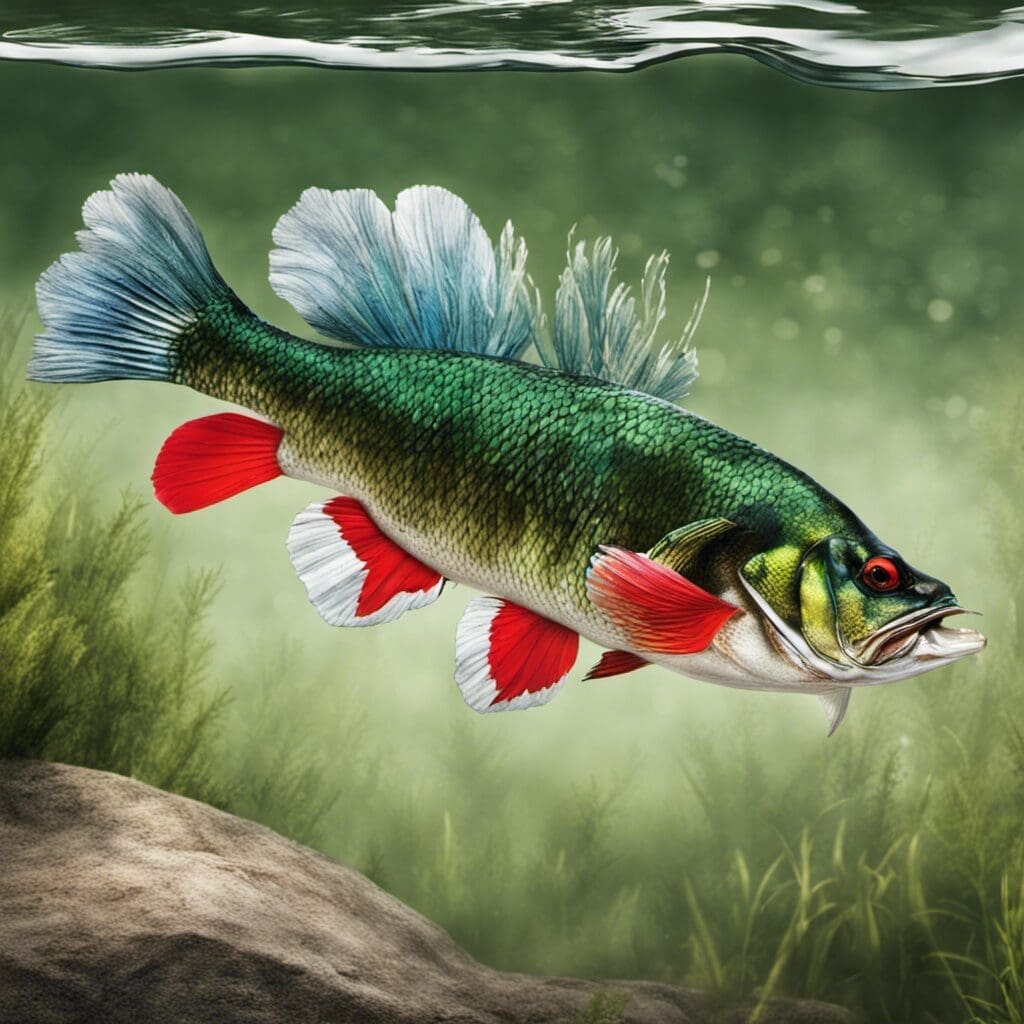Introduction
The Bass Peacock, scientifically known as Cichla ocellaris, is an exciting species hailing from the Cichlidae family. This exotic fish is acclaimed for its beautiful colorations and markings that are comparable to its avian namesake – the Peacock.
Conservation Status
The Bass Peacock is currently labeled as Least Concern (LC) due to its widespread distribution and healthy populations. There are ongoing efforts by local communities and conservation agencies to maintain the ecological balance and protect this species through sustainable fishing practices.
Statistics
| Average Length | 16-18 inches |
|---|---|
| Length Range | 12-24 inches |
| Average Weight | 4-6 lbs |
| Weight Range | 1-13 lbs |
| Average Lifespan | 8-10 years |
Distribution
Bass Peacock is typically found in South America, specifically in the Amazon River Basin, Venezuela, Guyana, and Brazil. It’s known for its sedentary behavior, making it non-migratory.
Habitats
They are primarily freshwater fishes thriving in a temperature range of 22-28°C. They can be found at varying depths, but usually prefer shallower water close to the river banks.
When and Where to See
The Bass Peacock is active throughout the year with slight peak activity during summer and early fall. They are most active during the daytime.
Best Fishing Locations
- Amazon River, Brazil
- Orinoco River, Venezuela
- Essequibo River, Guyana
- Lago do Peixe, Brazil
- Rio Negro, Brazil
The general tip for finding Bass Peacock is to search along riverbanks or weedy areas in the freshwater habitats of the above-mentioned locations.
How to Catch
Bass Peacock is best caught using lures mimicking their diet, primarily small fishes and crustaceans. Techniques such as spinning, bait casting, and trolling are effective. Spring to fall is the best fishing season.
Identification Guide
They have an elongated body with unique eye-catching markings. They are predominantly green, with vibrant bluish-green on their lower parts. They have a spot on their tail end, similar to a Peacock’s eye, lending them their name.
Culinary
Bass Peacock has a firm, white, and slightly sweet meat. It is a good source of protein and contains a moderate amount of fat. It is suitable for grilling, baking, and frying. The popular Brazilian Peacock Bass Ceviche is one of the recipes to try.
Additional Information
They are territorial animals with a voracious appetite for small fishes. Their main predators include larger fishes and birds. They play a pivotal role in controlling the population of other smaller fish species in their habitat.
References and Further Reading
- Froese, R. and D. Pauly. Editors. 2019. FishBase. World Wide Web electronic publication. www.fishbase.de
- Peacock Bass Association. 2021. Everything About Peacock Bass. Peacock Bass Association

